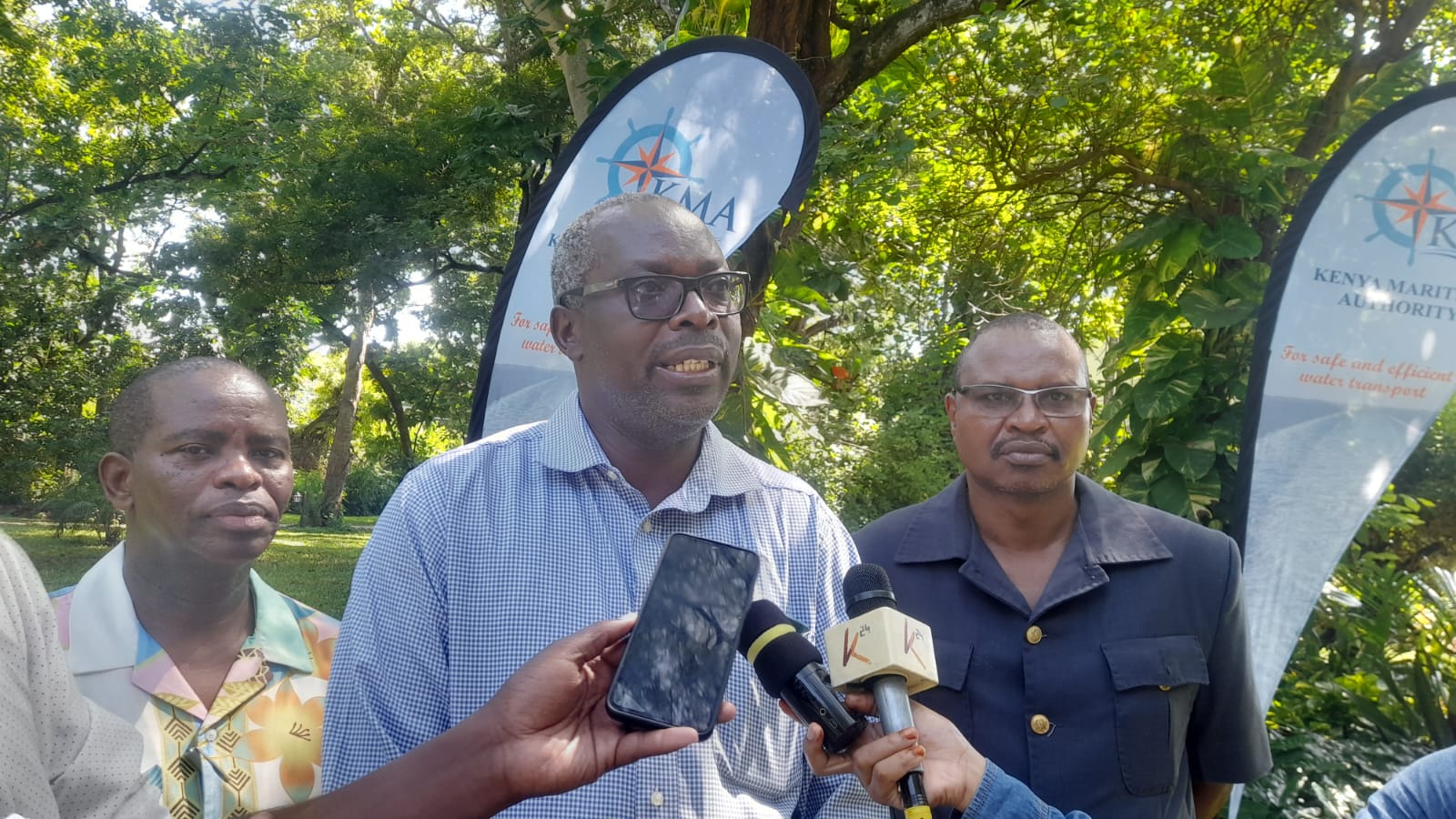
A decade after its launch, the Mombasa Port and Northern Corridor Community Charter has made significant strides in enhancing operational efficiency, a new impact study has shown.
MPNCCC chairperson Agayo Ogambi said while notable progress has been made since the charter’s inception in 2014, there is growing pressure to realign its objectives with the country’s broader economic transformation agenda.
The charter, launched by then-President Uhuru Kenyatta, brought together 25 initial signatories committed to reforming port and trade logistics.
However, that number has more than doubled to 53 signatories, cutting across public agencies, private sector players and regional stakeholders.
During the 10-year review in Mombasa on Thursday, Ogambi said findings from an impact assessment conducted between November 2024 and February 2025 show that 72 per cent of stakeholders consider the charter effective, particularly in strengthening public-private collaboration and improving customs clearance.
“In 2013–2014, the port’s throughput was 22.3 million tonnes. In 2024, it stands at 41 million tonnes. With projections of hitting 47 million tonnes by 2030, we must now think and act differently,” Ogambi, who also serves as CEO of the Shippers Council of Eastern Africa, said.
He added that container traffic at the port has doubled from one million Twenty-foot Equivalent Units (TEUs) in 2014 to 2 million TEUs in 2024.
Cargo dwell time has also improved significantly, falling from 7–10 days a decade ago to just 3.5–4 days today.
Ogambi attributed these improvements largely to the automation and integration of cargo processing systems, particularly through the Kenya National Electronic Single Window System.
As of June last year, 37 Partner Government Agencies were transacting on the platform, driving faster, more coordinated processes.
Despite this progress, Ogambi noted persistent challenges, including high business costs, overstretched infrastructure and capacity gaps along the Northern Corridor, which serves Kenya’s land-linked neighbours.
“About 31 percent of our port throughput goes to the region. Yet we’re still playing catch-up on critical infrastructure like roads and rail,” he said.
“Today, we have up to 2,000 trucks heading to Malaba daily. Our roads, many built decades ago, were not designed for such volumes. There is need for KRC to improve on the numbers of trains that are running between Mombasa and Nairobi so that we can also reduce the demand on the road.”
The charter should evolve beyond measuring port throughput alone, Ogambi said, urging stakeholders to embrace a more holistic approach that includes job creation, GDP contribution and trade competitiveness.
“We want a port that measures its impact on employment and exports, not just cargo volumes. Ports must function as economic engines, not just entry and exit points,” he said.
In this light, the next phase of the charter will prioritise exports, streamline capital clearance and support economic transformation, especially through stronger alignment with trade pacts such as the African Continental Free Trade Area, the UK-Kenya Economic Partnership Agreement and the Tripartite Free Trade Area.
“We must ask ourselves; are we working for foreign manufacturers importing into Kenya, or are we enabling our own industries to export?” Ogambi posed.
He urged the government to strike a better balance between revenue generation and trade facilitation, cautioning that overregulation could erode recent efficiency gains if not well-resourced.
With other African countries such as Zanzibar, Senegal and Nigeria now adopting similar Port charter frameworks, Ogambi said Kenya must lead by example, not fall behind.
“Kenya’s Port charter is being emulated across the continent. But if others implement our ideas better than we do, we’ll be left behind. We must modernise, streamline logistics and ensure all 53 signatories continue to deliver real value,” he warned.











